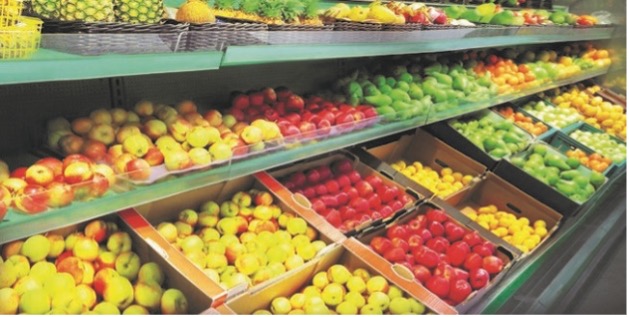
The same sources of environmental per- and polyfluorinated alkyl substances (PFAS) exposure can also lead to contamination in food sources. Cultivating produce using PFAS contaminated water and soils can lead to the uptake of these compounds into the edible fruits and vegetables portions of plants. Thus, it is beneficial to have a straightforward method to monitor the occurrence of PFAS in produce. For this work, the FDA C-010.01 method based on the QuEChERS extraction method was implemented for extraction of PFAS using DisQuE dispersive solid phase extraction (dSPE) products followed by highly sensitive LC-MS/MS analysis on ACQUITY UPLC IClass PLUS coupled to Xevo TQ-XS. The method was evaluated in five different commodity types including lettuce, strawberry, cranberry, carrot, and potato. With a few minor adjustments to the FDA method, this approach to PFAS analysis in produce proved to be accurate and robust for a range of 30 PFAS compounds of varying chemistry classes.
The environmental impact of per- and polyfluoroalkyl substances (PFAS) is readily known from the prevalent usage of these compounds in everyday products. Often, environmental issues also impact our food sources. In the case of agricultural produce, PFAS impacted water and soil used for irrigation and growing crops can result in contamination. Studies show that edible plants do uptake PFAS, with higher uptake of short chain PFAS (PFBA and PFPeA) in the edible portions and a wider range of PFAS uptake in the roots and stalks/stems of the plants.1,2 Since irrigation water is most typically also drinking water or ground water, contamination can be introduced through any of the environmental contamination pathways (manufacturing discharge, firefighting foam, landfill leachate, etc).3 Soil contamination can occur from similar mechanisms, but the use of biosolids as fertilizers has become a major concern for crop contamination.4





